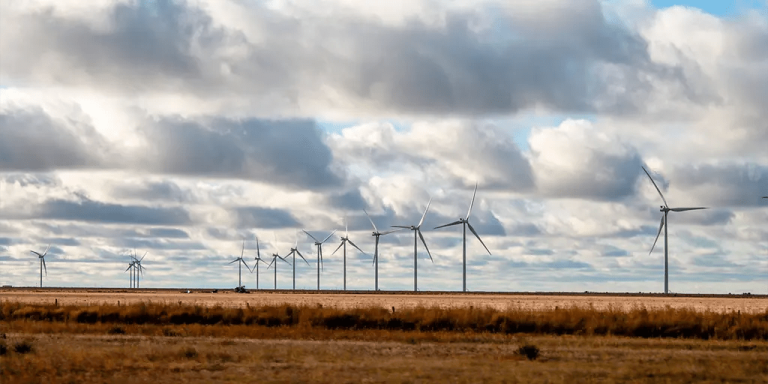from CFACT
David Wojcik
Numerous wind and solar energy projects are being proposed across the United States. The idea is to replace fossil fuel electricity, which is the main source in most places. Some states even have laws in this area.
Putting aside the fact that this is an impossible goal, it would be interesting, even comical, to see how this avalanche would play out in Washington state. Most of their electricity comes from hydropower, but wind and solar will eliminate that power as well. This is a disorienting goal!
I became aware of this avalanche a few years ago when PJM, the largest U.S. power system operator, announced that the company was inundated with requests for wind and solar connections. The total MW of the application queue actually exceeds PJM's peak demand.
This seemed unbelievable at the time, but it is now clear that this fiasco was national. People are applying to build more generation capacity than they can actually use. That's certainly enough to beat most existing generations.
This counterfeiting occurs because wind and solar energy often come with so-called take-or-pay contracts. If the utility company doesn't accept the power, they have to pay the generator anyway, so there is a huge incentive to use this power instead of any other source.
Almost 70% of Washington State's electricity comes from hydroelectric power. This was due in large part to federal damming of the Columbia River and its tributaries. The big gun here is the Bonneville Power Authority (BPA), which operates 31 dams, including the 6,800-megawatt Grand Coulee Dam. But many state and local agencies also operate large-scale hydroelectric generation.
I don’t have data specific to Washington as a whole, but there’s no question that there’s a wind and solar avalanche happening there. For example, the BPA spoke of a “surge in requests” in its 2023 annual report, saying:
“In the context of an evolving grid, we are reforming the process for managing the growing volume of generation interconnection requests. Our intention is to move from a first-come/first-serve process where requests are studied individually in the order they are received, to a process that targets large generators A prepare-first/serve-first cluster research approach for interconnection requests.
In fact, this is the same change PJM made to handle the incredible queue of requests.
There is also a regional planning organization called NorthernGrid, whose area includes much of Washington. They report this in their latest study:
“– NorthernGrid total footprint, non-coincident peak load in July was 61,867 MW
— Planned retirement capacity is 2,611 MW
—Planned to add 72,099 MW of new power generation capacity”
Planned new generation generation, almost entirely wind and solar, will significantly exceed peak demand. Clearly, this is true for all of Washington state.
What’s really interesting is that the BPA makes no mention of what is undoubtedly the biggest threat to its electricity supply business. But they are a Biden-Harris federal agency, so it might be mom's word now.
Of course, Washington state power users had no idea of the coming avalanche of expensive electricity. I can't find any mention of this apparent threat.
There are many reasons limiting the rapid growth of wind and solar energy. Issues such as unreliability, excessive costs and environmental damage. None of them are funny. But the idea that one form of renewable energy (wind and solar) might beat another (hydro) is laughably stupid.
Relevant
